When it comes to camping and outdoor adventures, having a reliable source of fuel is essential. Whether you’re cooking meals, boiling water, or keeping warm, gas canisters are a crucial part of the experience. However, questions about the safety, efficiency, and longevity of these canisters often arise. One of the most common inquiries is, “Can you refill camping gas canisters?” This blog aims to address this question and provide comprehensive information on how to handle, store, and maximize the lifespan of your gas canisters. Through years of personal experience and research, I’ve gathered valuable insights that will help you make the most of your camping fuel, ensuring safety and efficiency every step of the way. Let’s dive into the essential tips and guidelines for managing and refilling your gas canisters effectively.
Table of Contents
Is it safe to refill the Gas Canister?
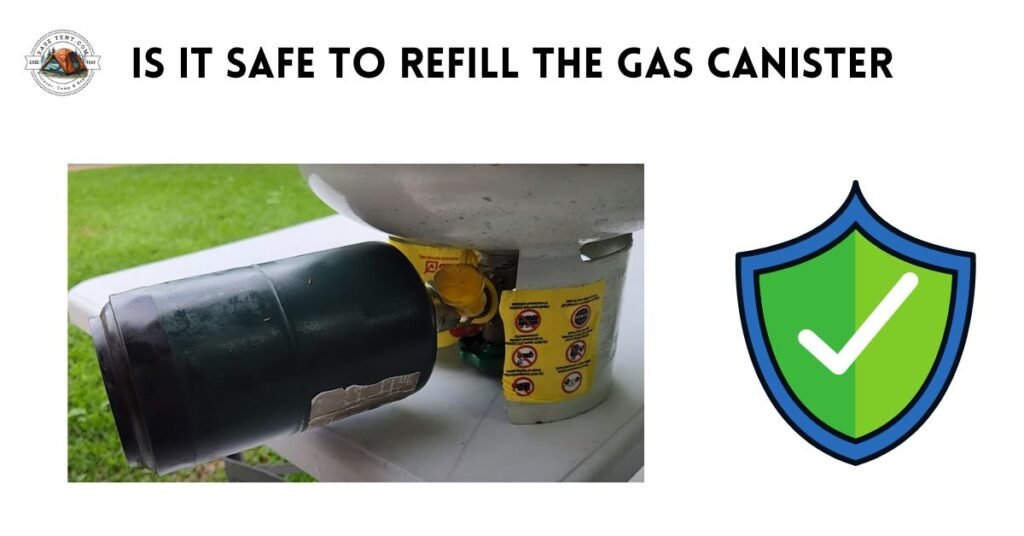
The process of refilling gas containers can be harmless if the procedure is done correctly and with proper precautions. It is essential to follow the specific guidelines and procedures to minimize risks related to handling flammable gases. First and foremost, it is crucial to use equipment that is specially designed for refilling gas cans. Using unsuitable tools or methods can lead to serious problems like dangerous leaks or overfilling.
Additionally, the environment matters a lot so you have to ensure the surrounding area will be well-ventilated to guarantee that there’s no accumulation of gas fumes, by doing this you ensure your safety.
It is also vital to check the condition of the cylinder before refilling. If there are any signs of damage, rust, or wear that might compromise its reliability, in that case, you should avoid filling the gas in it because damaged cans should not be refilled under any circumstances.
Is it cost-effective to refill your gas tank?
I’ve often believed that refilling a gas tank is truly cost-effective. Through my research and personal experience, I’ve observed that the answer is generally yes, but it depends on a few factors.
Firstly, refilling a gas tank can save money compared to constantly purchasing new canisters or refilled tanks from retailers. When you refill your gas tank yourself, you often pay only for the gas itself and avoid the extra costs of packaging and transportation that retailers include in their prices. This means that, over time, the savings can add up significantly, especially if you use gas frequently for activities like camping, cooking, or heating.
However, there are initial costs to consider, such as purchasing the necessary equipment for safe refilling. This includes a refill adapter, a scale to measure the correct amount of gas, and possibly a high-quality, refillable tank that is designed for repeated use. These early investments might seem expensive, but they typically pay for themselves after several refills.
Do camping gas canisters expire?
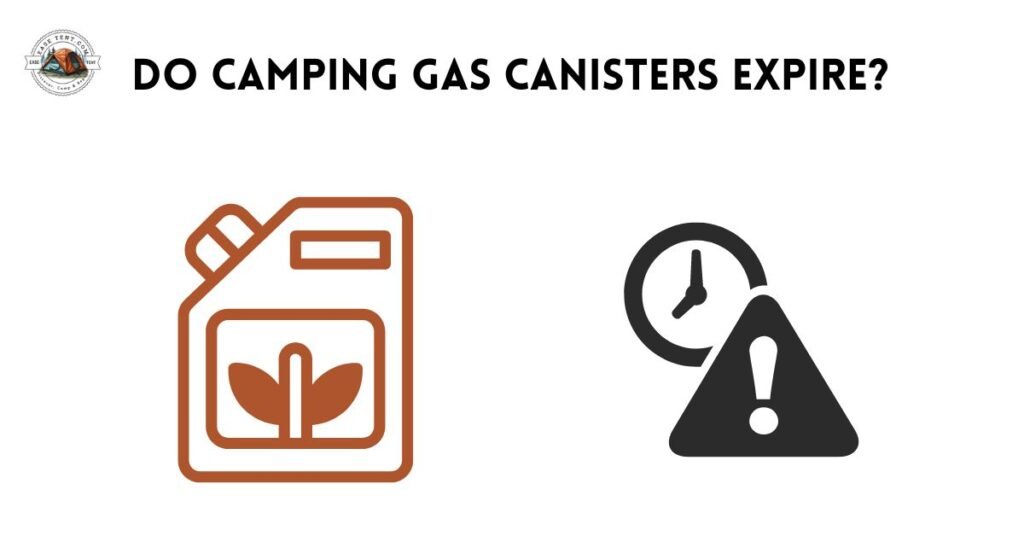
Many people, including myself, have wondered whether camping gas cylinders have an expiration date. Based on what I’ve learned and experienced over the past few years, the answer is yes, gas cylinders expire, but the details are important to understand.
While the gas inside the canisters—whether propane, butane, or a mix—doesn’t actually expire, the canisters themselves can degrade over time. The main issue is the reliability of the chamber and its components, like the seals and valves, which can weaken from time to time and lead to potential leaks or other safety hazards.
When purchasing a new gas canister, you’ll usually find a manufacturing date stamped on it. Most manufacturers recommend using the cylinder within about 10 years from this date, like a tank that is made in 2024 and according to manufacturers, the cylinder is expected to lose strength after 2032. So, I always make it a point to check this date when buying to ensure I’m not picking up something that’s been sitting around for too long.
Proper storage is crucial to prolonging the life of your gas tins. They should be kept in a cool, dry place, away from direct sunlight and extreme temperatures. Exposure to moisture can cause rust and corrosion, weakening the canister and making it unsafe. Personally, I find that storing them in a well-ventilated area also helps prevent any buildup of gas vapors in case of a minor leak.
Before each use, I make it a habit to inspect my canisters for any signs of damage, such as dents, rust, or wear around the valve. If anything seems off, it’s best to err on the side of caution and not use that canister.
What can I do to increase the Gas Canister’s life?
Ensuring that my gas canisters last as long as possible has always been a priority for me. Over time, I’ve developed a few key practices that have helped extend their lifespan and maintain their safety and efficiency. Here’s what I do:
Proper Storage: One of the most important steps is storing the gas canisters correctly. I always keep them in a cool, dry place away from direct sunlight and extreme temperatures. This prevents the canister from rusting and the seals from degrading. A well-ventilated storage area also helps to reduce the risk of fumes building up.
2. **Regular Inspection**: I make it a habit to inspect my gas canisters regularly. I look for signs of damage such as dents, rust, or wear around the valve. If I notice any issues, I address them immediately or replace the canister if necessary. This proactive approach helps prevent leaks and potential accidents.
Keeping Them Clean: Dirt and debris can accumulate around the valve and other parts of the canister, which can compromise its integrity. I always wipe down my canisters after use and before storage. This simple step ensures that they remain in good condition.
Avoid Overfilling: Overfilling a gas canister can lead to excessive pressure and potential leaks. I always fill my canisters to about 95% capacity, leaving room for the gas to expand, especially in warm weather. This small air gap is crucial for safety and longevity.
Using High-Quality Canisters: Investing in high-quality gas canisters is another key to extending their lifespan. While it might be tempting to opt for cheaper options, I’ve found that high-quality canisters are more durable and reliable. They withstand the pressures and properties of the fuel much better over time.
Proper Handling: How you will handle the containers also plays a significant role. I avoid dropping or mishandling them, as physical damage can lead to leaks or compromised safety. You have to handle them with care, especially during transport and refilling, to achieve its durability.
Secure Sealing: After each use, I make sure to tightly secure the cap to prevent any gas from escaping. This not only helps in maintaining the integrity of the gas but also ensures that the canister is safe to store and transport.
Use Suitable Fuel: Using the correct type of fuel for the specific canister is crucial. Mixing fuels or using the wrong type can cause damage to the canister and reduce its lifespan. I always double-check to ensure I’m using the right fuel.
How long does gas last in a canister?
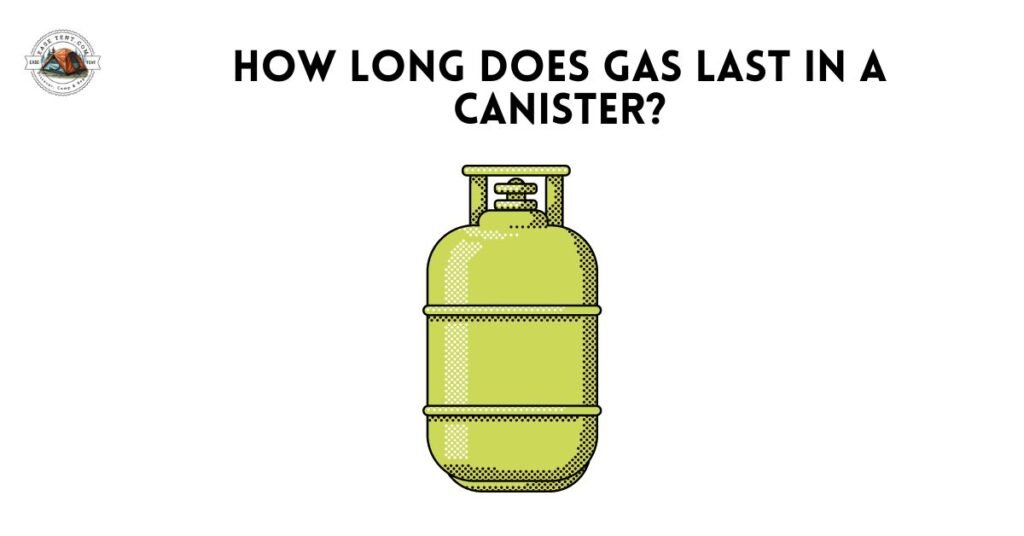
Many of us who regularly use gas cylinders for camping or other activities often wonder how long the gas will last once it’s inside the canister. From my point of view, I’ve discovered that while the gas itself doesn’t really “expire,” its longevity can be influenced by several factors.
First, it’s important to understand that the gas inside a sealed canister remains usable indefinitely, assuming the canister is kept in good condition. The actual lifespan of the gas is more about the canister’s dependability than the gas itself. I’ve found that a well-maintained container, free from rust and stored in appropriate conditions, can keep its contents viable for many years.
In terms of actual usage, how long a single canister of gas lasts depends on how frequently and intensively you use it. For example, a small camping stove might use up a standard 16-ounce propane canister in about 2-3 hours of continuous use. I’ve noticed that more efficient appliances can stretch this further, while others might burn through it more quickly.
To sum up, the gas in a well-maintained canister can last for years without any issues, provided the canister itself is kept in good condition. By storing gas flasks properly and inspecting them regularly, you can ensure that your gas is always ready for use whenever you need it. This approach has always worked well for me, giving me peace of mind and reliable performance in my outdoor adventures.
How to refill a gas canister?
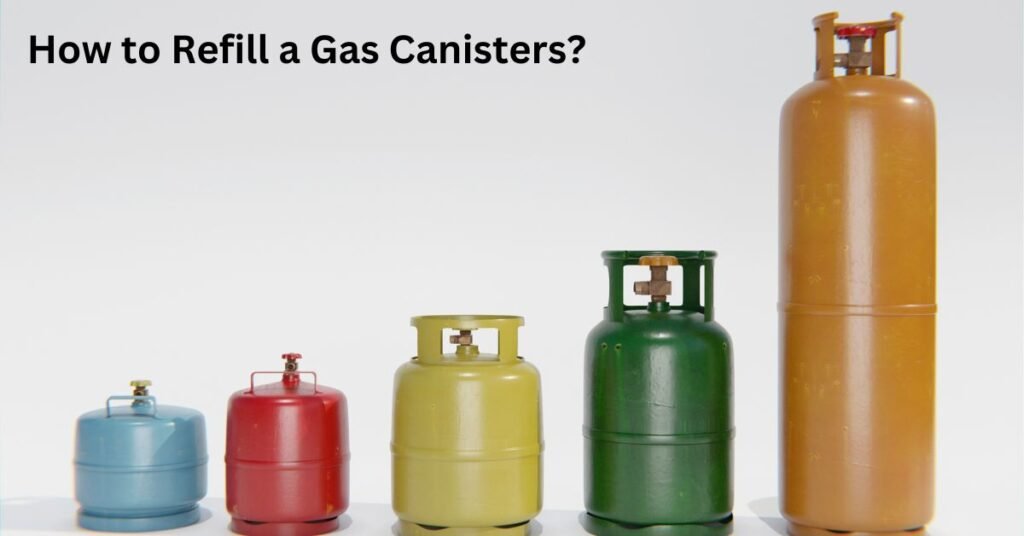
Gas Adapters
First of all, we talk about different types of adapters because without adapters the process of refilling will be almost impossible. If you want to refill your propane bottle then you have to fill your canister from the LPG tank and you need this DozyAnt Universal Safest Propane Refill Adapter.
Procedure
If you want to refill your propane bottle from the LPG gas cylinder, the first thing you have to do is to “put your propane gas bottle in the freezer and let it go cold.
Now you have to remove the safety plug and connect the adapter to that safety point, make sure the adapter is tightened properly to lessen the chance of any problem but don’t over-tighten.
After 30 to 45 minutes of freezing now get the propane bottle out of the fridge and weigh the total amount of gas on the weighing machine.
After weighing attach the propane bottle properly to the adapter.
Now tip it upside down and open the cylinder valve to allow to transfer of the gas from the LPG cylinder to the propane bottle. As the gas is moving from the tank to the bottle you hear a gas movement noise. Whenever you stop hearing the gas movement close the cylinder valve and undo the same process carefully.
After detaching the bottle weigh the inside gas weight of the propane bottle.
If the gas is filled enough according to your needs it’s best if not then put back the propane chamber into the fridge for 40 to 45 min and repeat the same process.
This process will work better if you freeze the propane bottle for a long time so make sure to freeze the bottle properly.
Suggestion
What are the rules for filling a gas can?
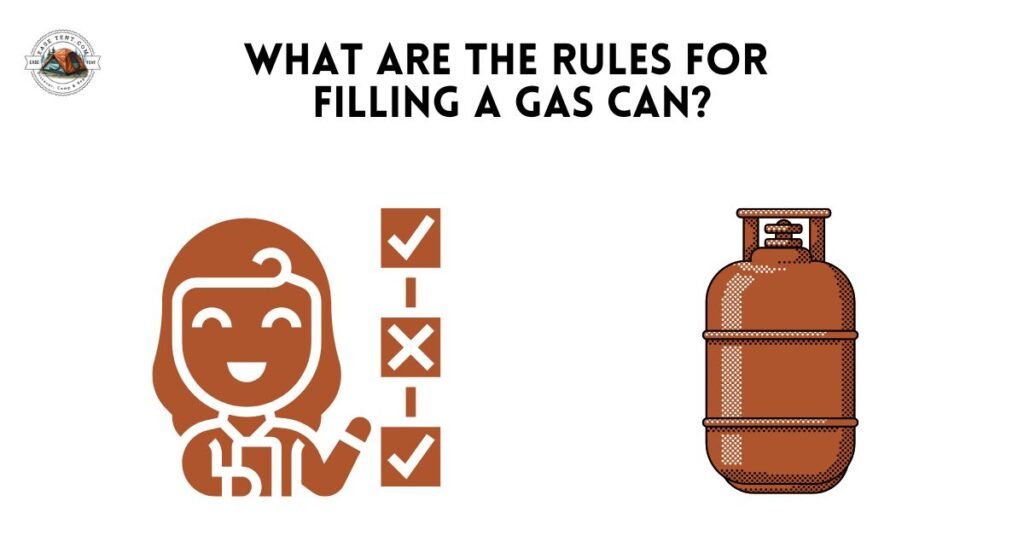
Filling a gas can properly is crucial for both safety and efficiency. Over the years, I’ve picked up several important guidelines that I always follow, and I’d like to share them with you.
Firstly, always use an approved gas canister specially intended for the type of fuel you are handling. Using the right container is crucial because it is built to withstand the pressures and properties of the fuel. I never compromise on this aspect, as it’s the foundation of safe handling.
Before you begin, ensure you are in a well-ventilated area. I usually choose an open space outdoors to avoid the buildup of dangerous vapors. Ventilation is key to preventing accidental inhalation of toxic fumes and reducing the risk of fire.
Next, make sure the gas can is placed on the ground before filling. This helps ground the can and prevent static electricity, which can be a potential ignition source. I always avoid filling gas cans inside a vehicle or on a truck bed.
When filling the gas can, I use a slow and steady flow. This minimizes the risk of spills and overfilling. It’s tempting to rush, but taking it slow has always been safer and more efficient for me. Additionally, I stop filling once the gas reaches about 95% capacity to allow room for expansion, especially in warm weather.
Another rule I adhere to is never smoking or using anything that could kindle a spark near the filling area. It might seem obvious, but it’s easy to forget how dangerous gasoline fumes can be. I always make sure the area is clear of any potential ignition sources.
After filling the gas can, I ensure the cap is tightly secured to prevent leaks. This step is crucial for safety during transportation and storage. A loose cap can lead to spills, which are not only wasteful but also hazardous.
Lastly, I label the gas can with the type of fuel it contains. This is particularly important if you have multiple types of fuels around. Clear labeling helps avoid confusion and ensures that the correct fuel is used for the intended purpose.
Can we keep gas in an open container?
The question of whether gas can be stored in an open container is one I’ve come across many times, and through my experience and research, I can tell you that it’s a definite no.
First, storing gas in an open container poses significant safety risks. Gasoline is highly flammable, and an open container increases the chances of the fumes igniting from a spark or open flame. I’ve always been very careful about this because even a small spark can lead to a terrible fire.
Additionally, gasoline vapors are hazardous to health. When gas is left in an open container, these fumes can easily escape and fill the surrounding area. Breathing in these fumes can cause serious health problems, including headaches, dizziness, and respiratory issues. Personally, I avoid this risk by ensuring all gasoline is kept in tightly sealed, approved containers.
Another issue with open containers is the potential for contamination. Gasoline left exposed can attract dust, dirt, and other contaminants, which can degrade its quality. This can lead to problems if the contaminated gas is used in engines, potentially causing damage or reducing efficiency. I’ve found that using proper gas cans helps maintain the fuel’s purity and ensures my equipment runs smoothly.
Environmental considerations are also important. Gasoline in an open container can easily spill, leading to soil and water contamination. This not only harms the environment but can also pose legal liabilities. I always use approved containers with secure lids to prevent any accidental spills and to protect the environment.
How full should a gas can be?
One important aspect of safely using a gas can that I’ve learned over the years is knowing how full to fill it. This might seem straightforward, but there are specific guidelines that are crucial for safety and efficiency.
First and foremost, it’s important not to fill the gas can all the way to the top. I usually stop filling when the can is about 95% full. This practice leaves some space at the top of the can, which is essential to accommodate the expansion of the gas, especially in warm weather. Gasoline expands when it gets hot, and without enough space for this expansion, the can could potentially become over-pressurized and leak or even burst.
This small air gap also helps to prevent spills. If the can is too full, there’s a higher risk of gasoline spilling out when you handle or transport the can. I’ve found that leaving a bit of room at the top significantly reduces this risk and makes the can easier to carry and pour.
Additionally, overfilling a gas can lead to excessive vapor release, which not only wastes fuel but also increases the risk of inhaling harmful fumes. I always make sure to fill my gas cans in a well-ventilated area and avoid overfilling to minimize exposure to these vapors.
To sum up, the best practice is to fill your gas can to about 95% capacity. This small precaution can prevent a range of issues, from dangerous over-pressurization to fuel spills and excessive vapor release. Keeping these guidelines in mind has always helped me handle gasoline safely and efficiently, and I’m confident it will help you too.
How do you know when the gas is full?
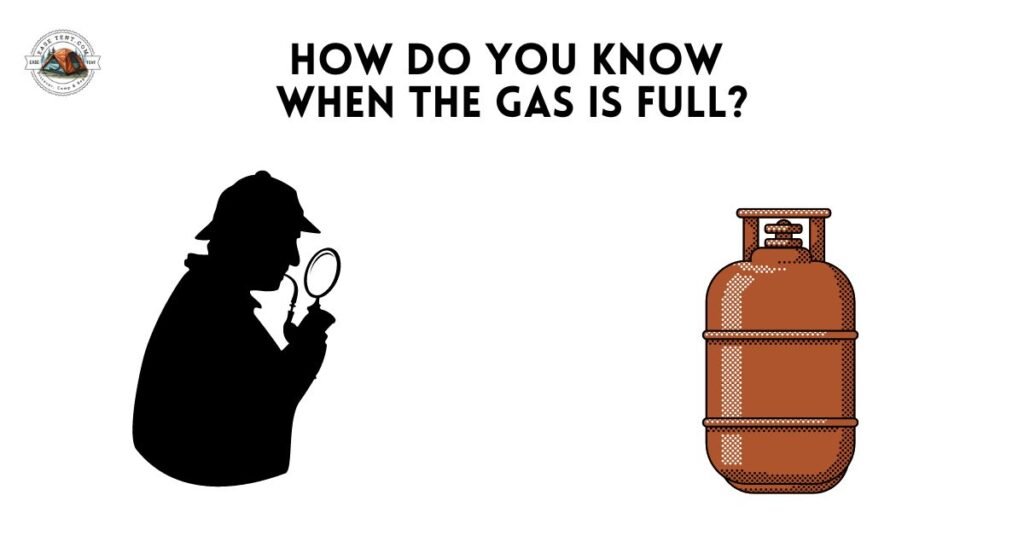
Determining when a gas can is full requires attention to detail and adherence to safety guidelines. Overfilling can lead to various hazards, so it’s important to know the proper method for filling your gas can.
One of the first indicators is to visually monitor the level of the fuel as you fill the can. Modern gas cans often come with a transparent or semi-transparent strip that allows you to see the fuel level. These strips can be incredibly helpful. As the fuel approaches the top, you should slow down and prepare to stop filling.
Additionally, many gas pumps have automatic shut-off mechanisms that will stop the flow of gas when the can is nearly full. This feature is designed to prevent spills and overflows. However, you shouldn’t rely solely on this mechanism. I’ve found that manually monitoring the fuel level gives you better control and can prevent overfilling.
Another practical approach is to listen to the sound of the fuel entering the can. The pitch of the sound will change as the can fills up, becoming higher as the space for the gas decreases. This auditory cue can help you gauge when to stop filling, although it takes some practice to use effectively.
It’s also wise to leave some space at the top of the can for fuel expansion, typically around 5% of the can’s total capacity. This means stopping before the gas reaches the very top. Over the years, I’ve learned that this small air gap is crucial for safety, especially in warm conditions where gasoline can expand.
For those using older gas cans without a clear strip or automatic shut-off, I recommend using a flashlight to shine into the can if visibility is poor. This extra step can provide a clear view of the fuel level and help you avoid overfilling.
In summary, you can determine when a gas can is full by visually monitoring the fuel level, listening to the sound of the filling process, and using tools like flashlights if needed. Always stop before the gas reaches the very top, leaving some room for expansion. These methods have proven effective for me, ensuring that I fill my gas cans safely and accurately.
How do I know how much gas to fill up?
Knowing how much gas to fill up involves a few key considerations to ensure safety, efficiency, and proper usage. There are several methods to estimate the right amount of fuel.
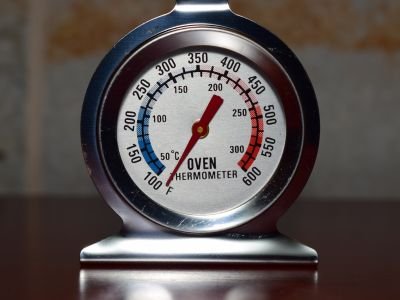
First, it’s essential to understand the capacity of your gas can. Gas cans typically come with a capacity label, such as 1 gallon, 5 gallons, etc. This label gives you a clear idea of the maximum amount of fuel the can should hold. I always check this label before starting to fill up, ensuring I don’t exceed the recommended capacity.
One practical approach is to visually monitor the fuel level as you fill the can. If your gas can has a transparent or semi-transparent strip, you can easily see how much fuel is inside. This visual cue helps me stop filling before the gas reaches the top, leaving enough space for expansion. I usually aim to fill about 95% of the can’s capacity, which allows room for the gas to expand, especially in warmer temperatures.
Another method I use is listening to the sound of the fuel entering the can. The sound will change as the can fills up, becoming higher-pitched as the space inside decreases. While this method takes some practice to master, it can be a useful additional cue to prevent overfilling.
If you’re filling up at a gas station, many pumps have an automatic shut-off feature that stops the flow of gas when the can is nearly full. This feature is convenient, but I’ve found it’s still best to pay close attention and not rely solely on the pump’s mechanism.
Additionally, you can use a measuring container or a marked line inside the gas can, if available, to measure the fuel accurately. Some gas cans come with internal markers that indicate specific volumes. These markers are handy for ensuring you’re filling up the exact amount you need.
For vehicles and equipment, refer to the owner’s manual or fuel capacity specifications. This information will tell you the total capacity of the fuel tank and how much fuel is needed for a full tank. I always consult the manual for my equipment to avoid overfilling and ensure optimal performance.
Expert Tips
As someone who has dealt with gas canisters for various purposes over the years, I’ve picked up some valuable tips that I believe can help you handle them safely and effectively. Here are some expert tips I’d like to share:

Invest in Quality Equipment: Investing in high-quality gas canisters and related equipment is essential for safety and reliability. Look for sturdy containers with secure seals and valves to minimize the risk of leaks or spills.
Follow Manufacturer Guidelines: Always follow the manufacturer’s guidelines and instructions for handling and storing gas canisters. These guidelines are designed to ensure safe usage and optimal performance.
Inspect Regularly: Make it a habit to inspect your gas canisters regularly for any signs of damage, such as dents, rust, or worn seals. Addressing issues promptly can prevent accidents and extend the lifespan of your equipment.
Store Properly: Proper storage is crucial for maintaining the integrity of gas canisters. Store them in cool, dry areas away from direct sunlight and heat sources to prevent degradation and ensure safety.
Handle with Care: Handle gas canisters with care, especially when transporting or refilling them. Avoid dropping or mishandling them, as this can damage the container and increase the risk of leaks or explosions.
Practice Ventilation: Always work in well-ventilated areas when handling gas canisters to prevent the buildup of dangerous fumes. If working indoors, open windows or use exhaust fans to ensure proper ventilation.
Label clearly: Clearly label your gas canisters with the type of fuel they contain to avoid confusion and ensure safe usage. This is particularly important if you have multiple canisters with different fuels.
Dispose Properly: When it’s time to dispose of old or expired gas canisters, make sure to do so properly according to local regulations. Many recycling centers accept empty gas canisters for safe disposal.
Conclusion
Ensuring the safe and efficient handling of gas canisters involves understanding and following best practices. Over the years, I’ve learned that using the right containers, avoiding overfilling, and ensuring proper storage are crucial steps. Regular inspections and careful handling can significantly extend the life of your gas canisters, maintaining their safety and functionality. By adhering to these guidelines, you not only protect yourself and others but also ensure that your equipment runs smoothly and efficiently. Sharing these tips and experiences, I hope you find these insights as useful as I have, and they help you handle gas canisters with confidence and care.

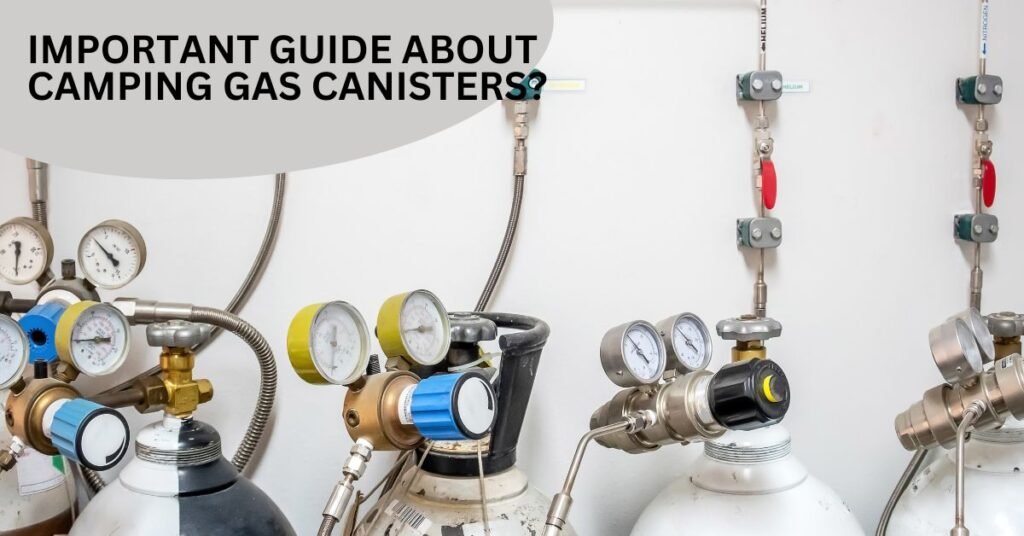
Great to read, full of information